National Parks of Tanzania
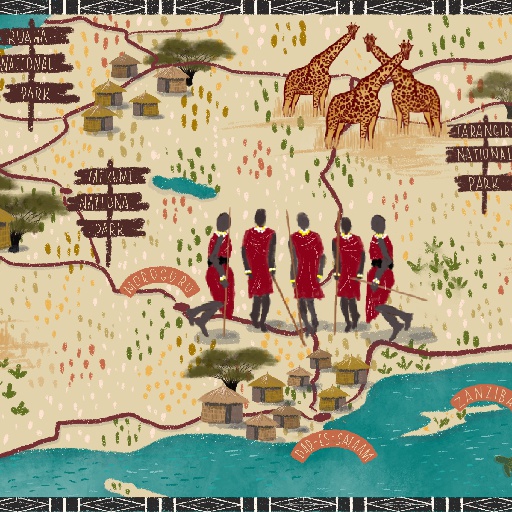
Growing up in Tanzania, I have fond memories of visiting our country’s various national parks and game reserves. My father used to fly bush planes such as Cessnas and Pipers from our home city of Dar-Es-Salaam to take us to the Serengeti, Mt. Kilimanjaro and Selous Game Reserve. I vividly remember being in awe of witnessing the great wildebeest migration in the Serengeti and the snow atop Mt. Kilimanjaro. Tanzania’s wildlife and warm culture is a beautiful ode to the rich culture that is a mix of Bantu and Arabic influences also known as the Swahili Coast. I hope this map evokes a sense of exploration and curiosity in you. Karibu Tanzania!
All spots information
8 spots
 Unnamed Category
Unnamed Category
Dar-Es-Salaam
![]() Unnamed Category
Unnamed Category

Dar-Es-Salaam, the former capital city and currently the largest city in Tanzania, is the seventh-largest city in Africa home to over 6.7 million inhabitants. At the confluence of the Bantu, Arabic, Indian and European cultures, this port city holds historical significance in the development of the country and offers easy access to tourist experiences around the country. Come for the pristine beaches and stay for the warm Tanzanian hospitality, in a city that offers you relaxing beaches, gourmet international food and fast-paced night-life all in one day.
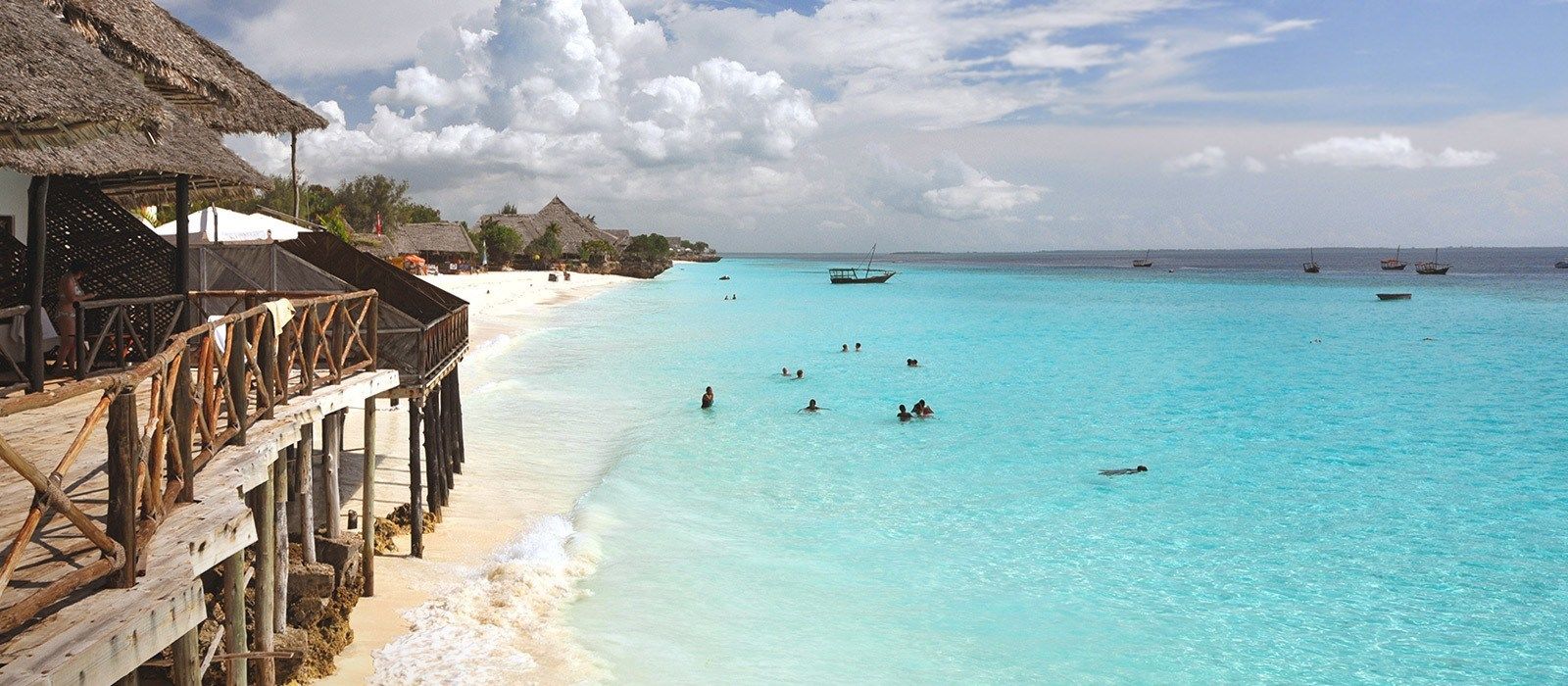
The spice island of Zanzibar is home in the Zanzibar archipelago that includes many small islands and two large islands: Unguja (Zanzibar) and Pemba island. As an old trade route along the Swahili coast as early as the 15th century, this island is lush with a bustling ecosystem of biodiversity in both land and sea. The Jozani forest offers unparalleled access to the mangrove forest which is home to the Red Colobus Monkey and lemon sharks. Offering some of the best diving on this planet, Zanzibar has one of the few remaining pristine powdery sand beaches and aqua blue waters on earth.
Mt. Kilimanjaro
![]() Unnamed Category
Unnamed Category
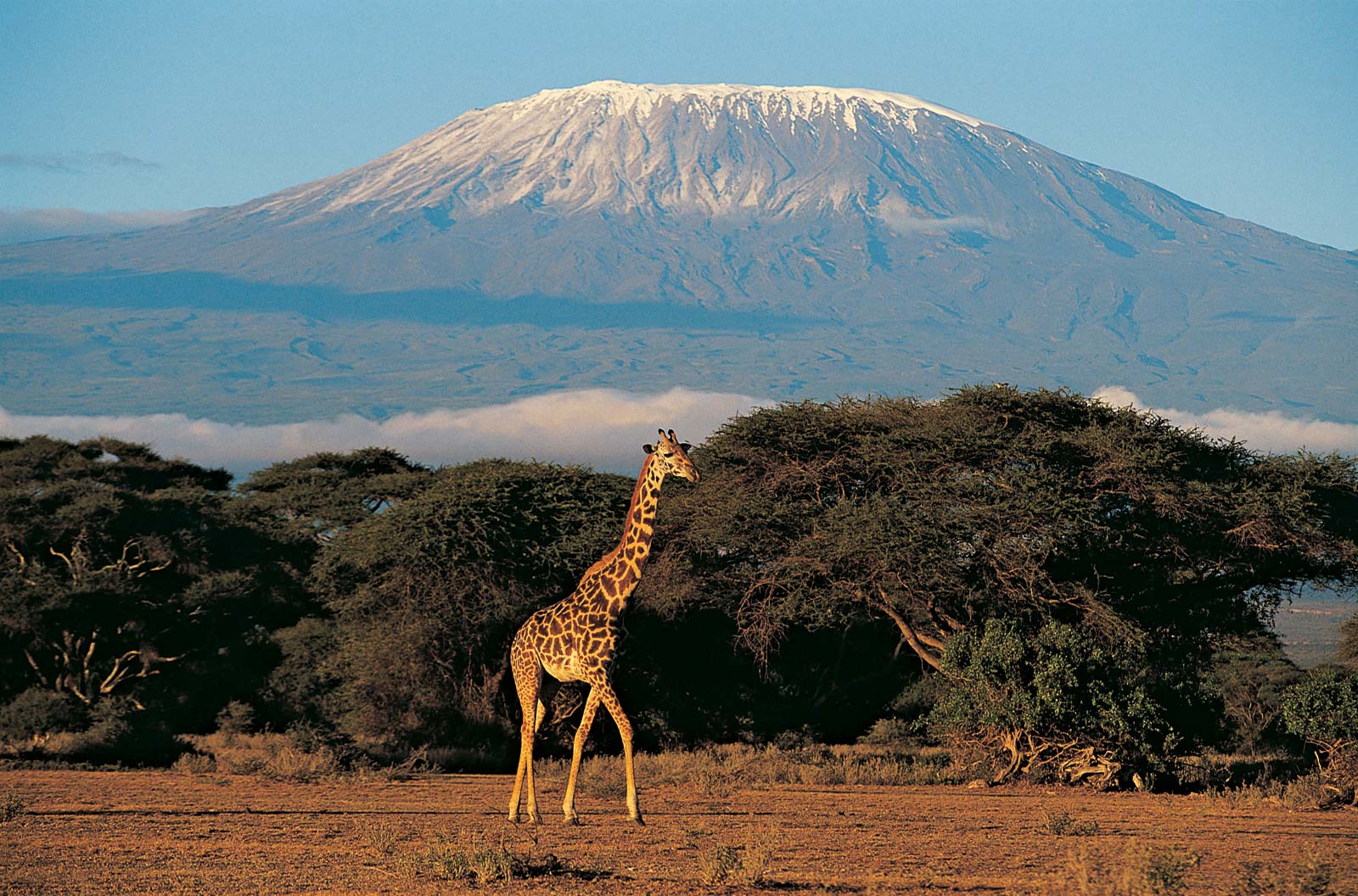
Mt. Kilimanjaro, a dormant volcano, is the highest mountain in Africa and the highest free-standing mountain in the world. The mountain is a part of Kilimanjaro National Park which is home to a plethora of wildlife such as leopards, zebras and hyenas and specific species that are native to the region such as the Kilimanjaro shrew.
Serengeti National Park
![]() Unnamed Category
Unnamed Category
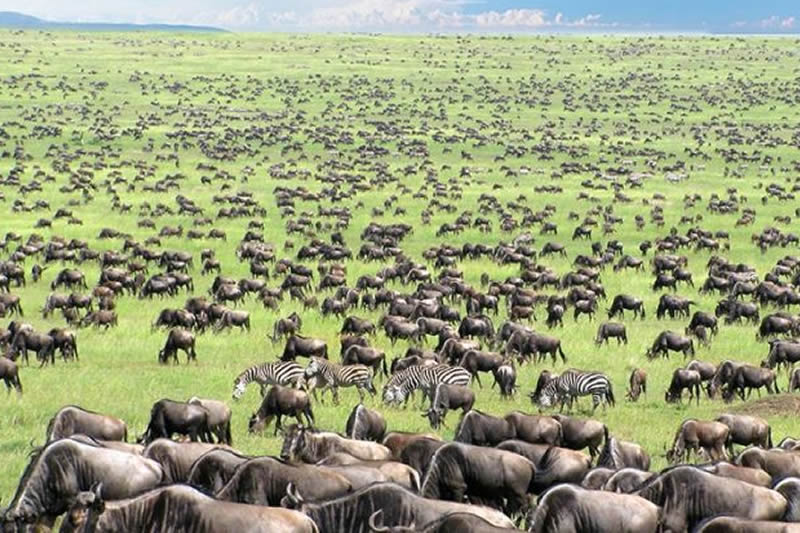
Serengeti National Park is famous for its annual migration of over 1.5 million white-bearded (or brindled) wildebeest and 250,000 zebra and for its sizeable Nile crocodile and honey badger population. The name, Serengeti, is derived from the Maasai word "Siringet" which means "the place where the land runs on forever".
Tarangire National Park
![]() Unnamed Category
Unnamed Category
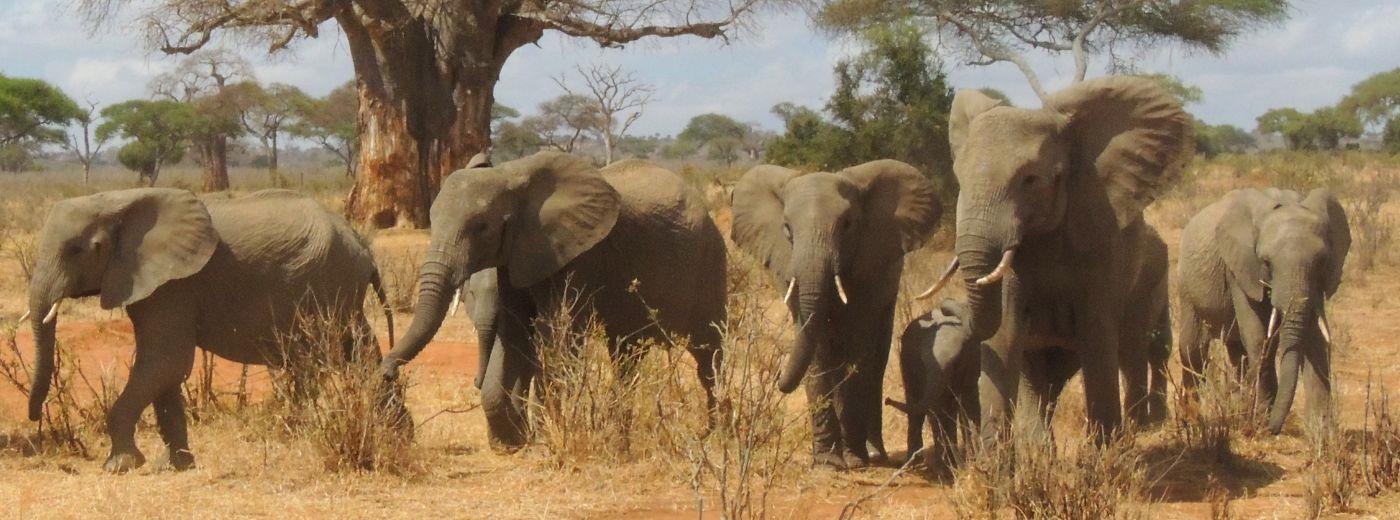
Tarangire National Park is named after the Tarangire River that crosses the park is the primary source of fresh water for wild animals in the entire Tarangire ecosystem. During the dry season, it is common to see large herds of thousands of zebra, wildebeest, and cape buffalo, in fact, the ecosystem is defined by the long-distance migration of wildebeest and zebras. The park is famous for its high density of baobab trees and elephants.
Ruaha National Park
![]() Unnamed Category
Unnamed Category
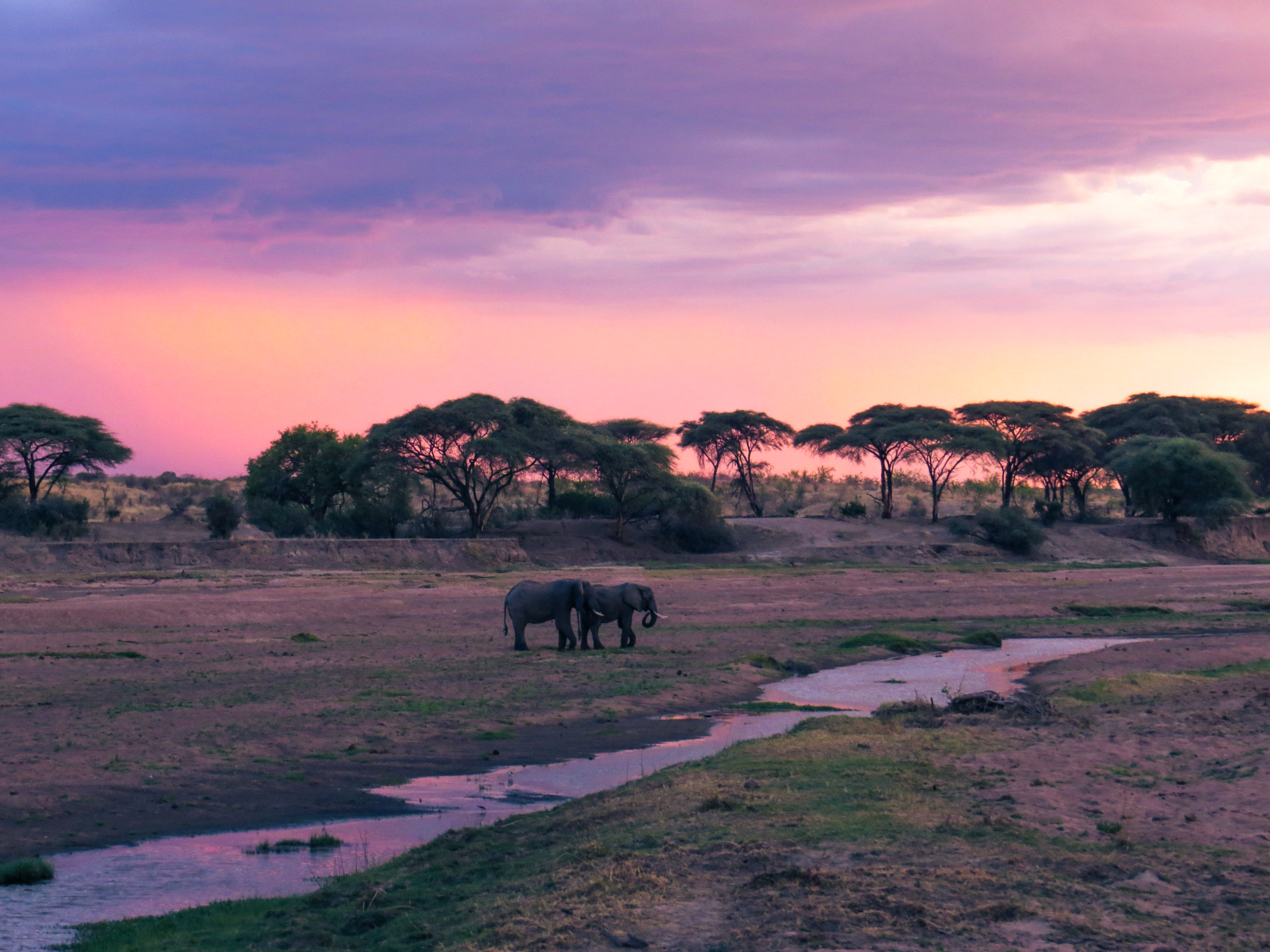
Ruaha National Park is the largest protected area in Tanzania and in East Africa. With over 500 species of birds (both local and migratory) living in their natural habitat, the park is home to East African cheetahs, African leopards, lions, spotted hyenas, giraffes, hippos, African buffalos, sable antelopes and wild dogs.
Mikumi National Park
![]() Unnamed Category
Unnamed Category
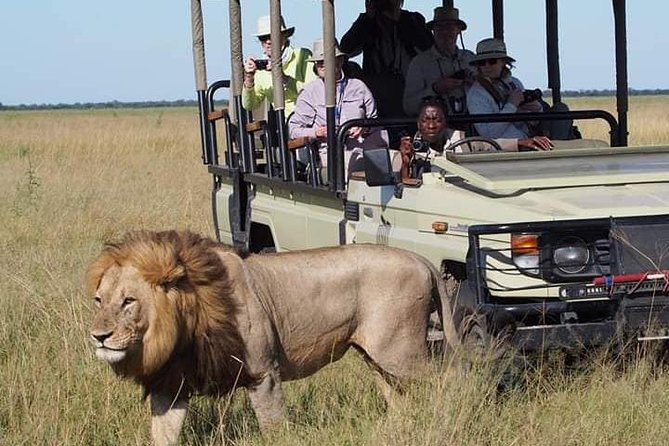
Mikumi National Park belongs to the circuit of the wildlife parks of Tanzania and is often less visited by international tourists and better protected from the environmental point of view. Easily accessible from the main city of Dar-Es-Salaam via a highway that bisects the park, the recommended season for visiting the park is the dry season between May and November, offering warm weather and beautiful sites that are a once-in-a-lifetime experience. Mikumi is home to elephants, zebras, impala, eland, kudu, black antelope, baboons, wildebeests, lions, giraffes, hippos, buffalos and over 400 different species of birds.
Safari in Selous Game Reserve
![]() Unnamed Category
Unnamed Category
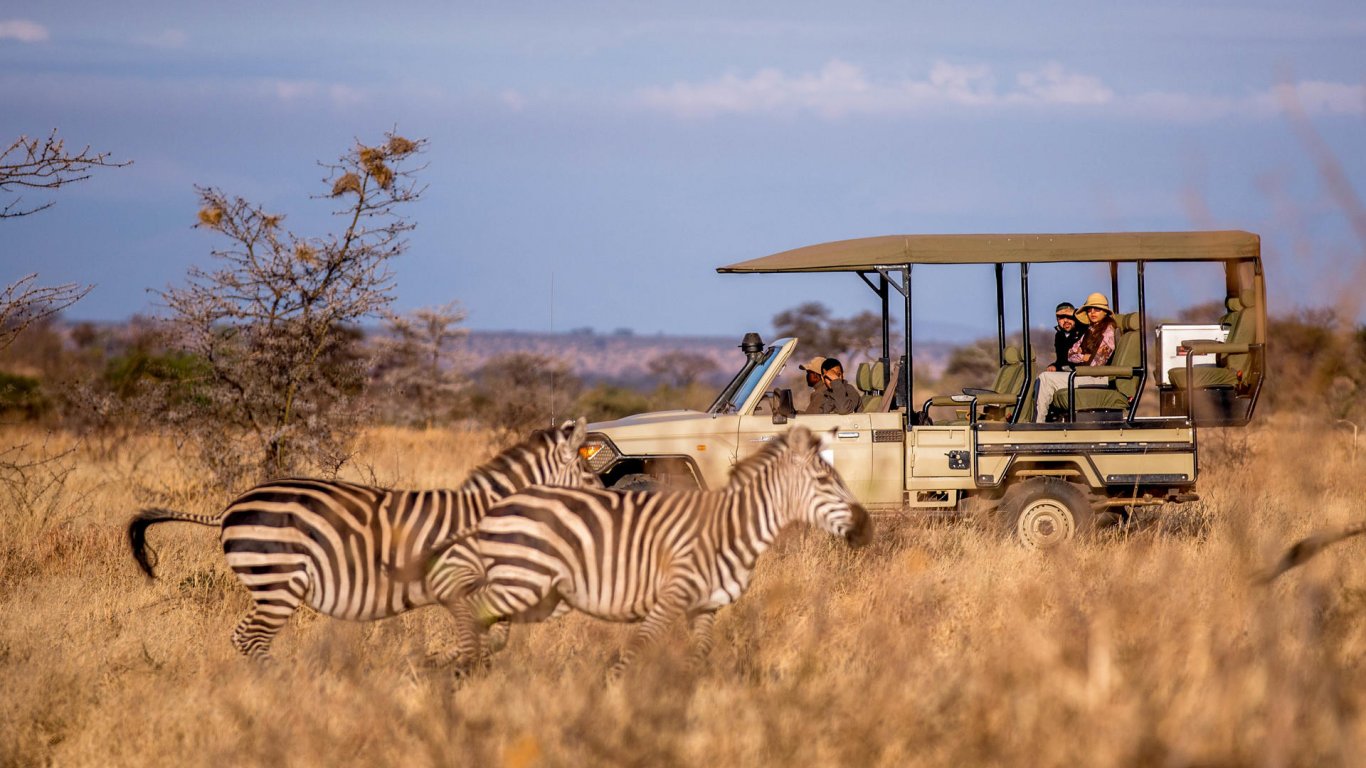
The Selous Game Reserve is a protected area in southern Tanzania and was designated a UNESCO World Heritage Site in 1982 due to its wildlife diversity and undisturbed nature. Some of the typical wildlife you can find at Selous are African bush elephants, hippos, Masai giraffes, Plains zebras, black rhinos, lions and Nile crocodiles.